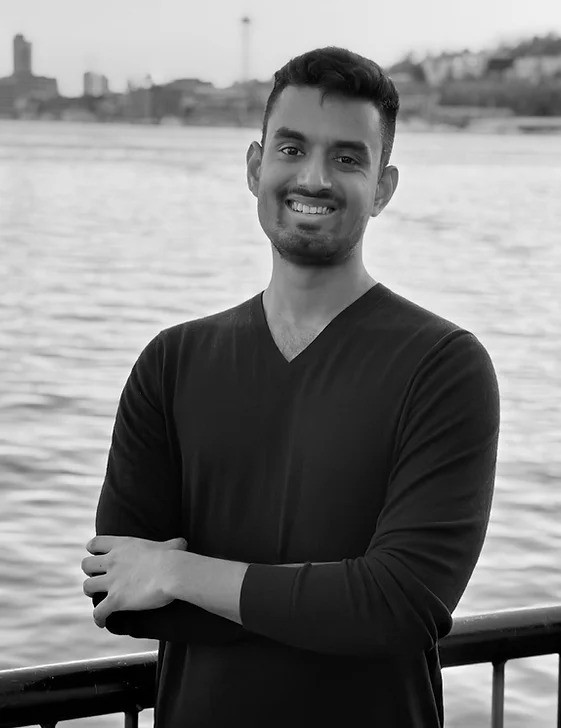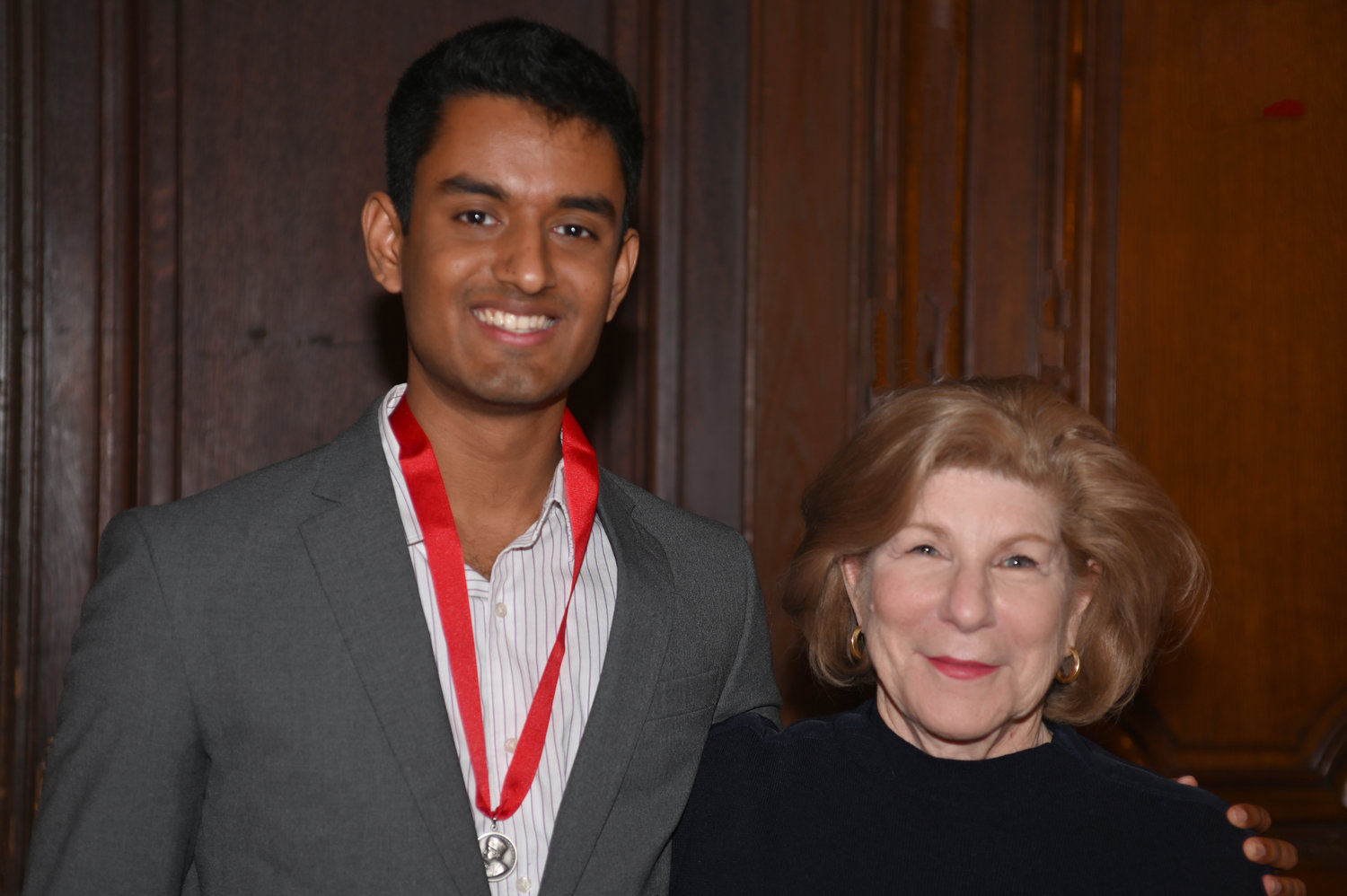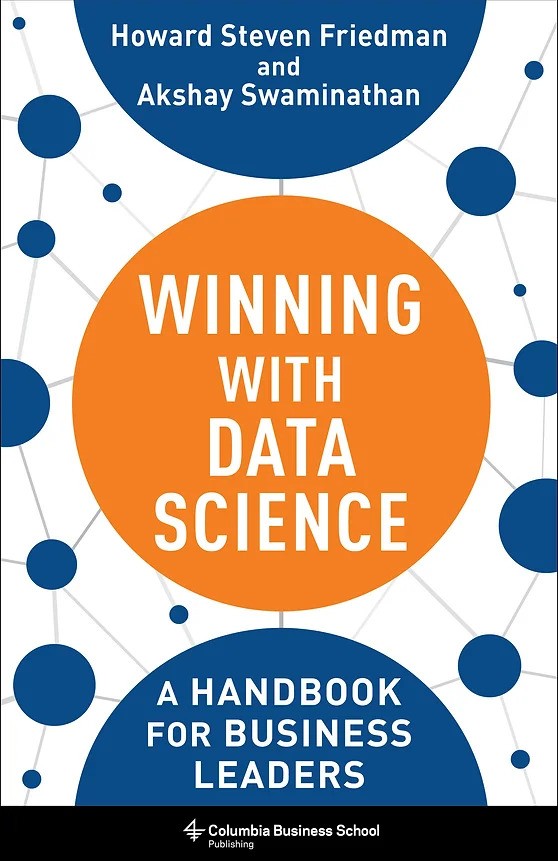(April 24, 2024) In today’s world, technology and personalised care are changing how we approach healthcare. One big change is the way data science is joining forces with healthcare. This means using information and technology to make predictions about health and tailor treatments to individuals. One of the leaders of this new revolution is Akshay Swaminathan, a scholar who is using the power of data science to improve healthcare delivery — getting the right intervention to the right patient at the right time.

Currently an MD-PhD (biomedical data science) candidate at Stanford, the scholar is working with Nigam Shah on deploying and evaluating AI systems in healthcare. In fact, several of Akshay’s research applying quantitative methods to public health has been featured in the New York Times and published in journals including Lancet Global Health. “I recently received the Paul & Daisy Soros Fellowships for New Americans,” shared the scholar in an interview, “It is such an honour and privilege to be a part of a group of scholars who have been doing incredible work in various fields.”
A prodigy
Hailing from Wood-Ridge, New Jersey, Akshay Swaminathan was born to Indian immigrants from Tamil Nadu and consistently excelled academically. His paternal grandparents relocated to Westchester, New York in 1969, becoming one of the few Indian families in the vicinity. Despite the challenges of assimilation, they preserved their cultural heritage, instilling in Akshay a deep appreciation from an early age, particularly through his initiation into Carnatic music. These formative experiences underscored the significance of transcending generational, linguistic, and social divides to foster meaningful connections with others.
During his initial year at Bergen County Academies, he stumbled upon an online enclave of polyglots—individuals fluent in 10, 15, or even 20 languages, showcasing their learning journeys through videos. Captivated by their achievements, the Global Indian embarked on self-directed Spanish study, achieving proficiency within six months. His triumph with Spanish ignited a passion for learning numerous other languages, including French, Mandarin, Japanese, Armenian, Italian, Portuguese, and Hindi. Following in the footsteps of those who inspired him, the scholar launched his own YouTube channel, sharing insights on rapid and efficient language acquisition techniques.
“In my first year in high school, I got placed in the lowest level Spanish class, and my teacher could speak four languages. That was quite fascinating to me. That led me to YouTube, where I discovered this community of polyglots. What was interesting for me was that they not only spoke these languages but also made videos explaining how they did it. That planted a seed and I started learning Spanish. Within six months, I was fluent in the language. And then, there was no looking back,” shared the scholar.
Eventually, Akshay Swaminathan started making videos on YouTube to inspire others to learn more languages. “By the time I was 17, I could already speak nine languages – English, Spanish, French, Mandarin, Chinese, Tamil, Russian, Hindi, and Italian. I learned the other two languages subsequently,” he added. While at Harvard, Akshay discovered the joy of connecting with people from different backgrounds using languages. In fact, he is the founder of Start Speaking — a platform to help language learners build spoken fluency — and has created resources for languages ranging from Quechua to Medical Chinese.
ALSO READ | Author Malavika Kannan aims to put the spotlight on brown women
The world of healthcare and data
At Harvard, the scholar became involved in Phillip Brooks House Association’s Chinatown ESL program, where he taught English to recent Chinese immigrants. He also travelled to Bolivia as a volunteer with Refresh Bolivia — a global health nonprofit — where he taught workshops on maternal health, sexual health, and sanitation to indigenous communities in Cochabamba.
“I always wanted to be a doctor, right from when I was in school. So, when I got to college, biology was an obvious choice for me. But during the first year of winter break, I had the chance to travel down to Bolivia to get involved with some public work there with some indigenous communities. One thing that really struck me there was that the communities that we worked with had no running water, no functioning sewage system, and very limited access to healthcare. However, just a 30-minute drive away, I and the other volunteers could enjoy high-speed wifi and hot showers. This got me thinking about how the level of population determines the healthcare system of a place. The more I researched about it, the more I got interested in the field, and that made me switch my major from molecular biology to statistics.”


But what exactly does delivering healthcare mean? “It’s all about getting the right treatment, to the right patient, at the right time. Throughout my career I have had the chance to dive into many projects where one can combine data science with healthcare delivery and improve access and outcomes of various programmes,” the scholar said.
ALSO READ | Scholar Sadhana Lolla aims to make AI accessible to all
Looking ahead
In his role as a data scientist, the scholar constructs data-driven solutions tailored for patients, clinicians, and policymakers, prioritising practical implementation in real-world scenarios. With a prolific portfolio boasting over 40 publications, he adeptly applies quantitative methodologies to address healthcare challenges. Additionally, the scholar co-authored the book Winning with Data Science, published by Columbia University Press, further solidifying his expertise in the field.


Leading the Data Science department at Cerebral, a virtual mental health company, Akshay and his team introduced a suicide detection system benefiting more than half a million patients nationwide. Currently an MD candidate and a Knight-Hennessy Scholar at Stanford University, Akshay is delving into a PhD in biomedical data science. Guided by Nigam Shah, he’s exploring ways to harness artificial intelligence for safer and more efficient healthcare delivery.
At Flatiron Health, he has devised techniques for scrutinising observational clinical data to aid FDA deliberations. With aspirations to merge data science and medicine, he aims to become a physician dedicated to fortifying healthcare infrastructures in underprivileged regions.




